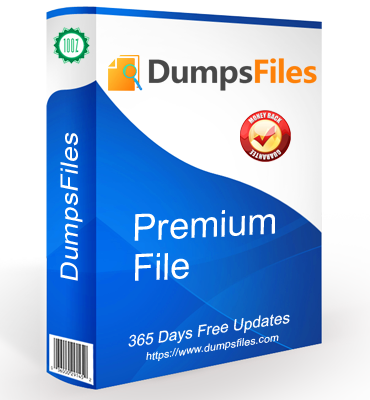An XDR engineer is configuring an automation playbook to respond to high-severity malware alerts by automatically isolating the affected endpoint and notifying the security team via email. The playbook should only trigger for alerts generated by the Cortex XDR analytics engine, not custom BIOCs. Which two conditions should the engineer include in the playbook trigger to meet these requirements? (Choose two.)
Correct Answer: A,C
In Cortex XDR,automation playbooks(also referred to as response actions or automation rules) allow engineers to define automated responses to specific alerts based on trigger conditions. The playbook in this scenario needs to isolate endpoints and send email notifications for high-severity malware alerts generated by the Cortex XDR analytics engine, excluding custom BIOC alerts. To achieve this, the engineer must configure the playbook trigger with conditions that match the alert's severity, category, and source.
* Correct Answer Analysis (A, C):
* A. Alert severity is High: The playbook should only trigger for high-severity alerts, as specified in the requirement. Setting the conditionAlert severity is Highensures that only alerts with a severity level of "High" activate the playbook, aligning with the engineer's goal.
* C. Alert category is Malware: The playbook targets malware alerts specifically. The condition Alert category is Malwareensures that the playbook only responds to alerts categorized as malware, excluding other types of alerts (e.g., lateral movement, exploit).
* Why not the other options?
* B. Alert source is Cortex XDR Analytics: While this condition would ensure the playbook triggers only for alerts from the Cortex XDR analytics engine (and not custom BIOCs), the requirement to exclude BIOCs is already implicitly met because BIOC alerts are typically categorized differently (e.g., as custom alerts or specific BIOC categories). The alert category (Malware) and severity (High) conditions are sufficient to target analytics-driven malware alerts, and adding the source condition is not strictly necessary for the stated requirements. However, if the engineer wanted to be more explicit, this condition could be considered, but the question asks for the two most critical conditions, which are severity and category.
* D. Alert status is New: The alert status (e.g., New, In Progress, Resolved) determines the investigation stage of the alert, but the requirement does not specify that the playbook should only trigger for new alerts. Alerts with a status of "InProgress" could still be high-severity malware alerts requiring isolation, so this condition is not necessary.
Additional Note on Alert Source: The requirement to exclude custom BIOCs and focus on Cortex XDR analytics alerts is addressed by theAlert category is Malwarecondition, as analytics-driven malware alerts (e.
g., from WildFire or behavioral analytics) are categorized as "Malware," while BIOC alerts are often tagged differently (e.g., as custom rules). If the question emphasized the need to explicitly filter by source, option B would be relevant, but the primary conditions for the playbook are severity and category.
Exact Extract or Reference:
TheCortex XDR Documentation Portalexplains automation playbook triggers: "Playbook triggers can be configured with conditions such as alert severity (e.g., High) and alert category (e.g., Malware) to automate responses like endpoint isolation and email notifications" (paraphrased from the Automation Rules section).
TheEDU-262: Cortex XDR Investigation and Responsecourse covers playbook creation, stating that
"conditions like alert severity and category ensure playbooks target specific alert types, such as high-severity malware alerts from analytics" (paraphrased from course materials). ThePalo Alto Networks Certified XDR Engineer datasheetincludes "playbook creation and automation" as a key exam topic, encompassing trigger condition configuration.
References:
Palo Alto Networks Cortex XDR Documentation Portal:https://docs-cortex.paloaltonetworks.com/ EDU-262: Cortex XDR Investigation and Response Course Objectives Palo Alto Networks Certified XDR Engineer Datasheet:https://www.paloaltonetworks.com/services/education
/certification#xdr-engineer




